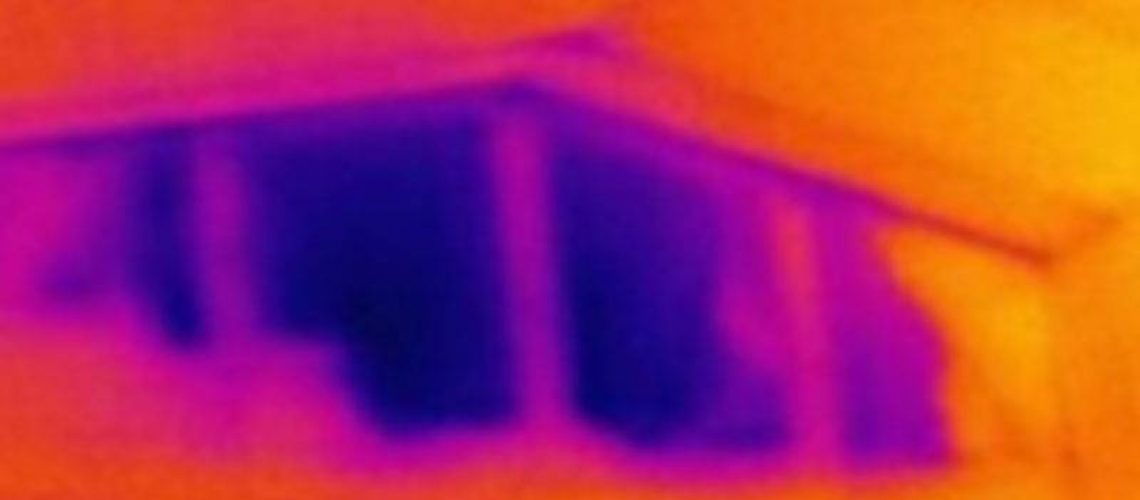Using Infrared Cameras on your home inspection
What do infrared cameras do?
The first thing you need to understand is that infrared cameras are just fancy thermometers; they translate surface temperatures of objects into colors thereby creating an image comprised of temperature differentials. They do not allow us to see through walls (or clothing, as some clients worry about.) Depending on the camera one uses, they can detect very slight temperature differences, such as hand prints on the walls or foot prints on the floor. Infrared/Thermal cameras or other specialty equipment may be used just like any other tool in our tool bag for portions of the inspection process as determined by the inspector in his sole discretion and is always a “limited scan” as part of a home inspection and not to be construed as a thermal scan of entire home and it’s contents. Being able to view these thermal images allows inspectors to locate problems that would otherwise be more difficult and time-consuming to find. Being able to measure temperature differences in this manner allows quick evaluation of large areas. It can also present some challenges to interpreting the data and this takes a lot of training and experience.
5 Primary ways to use an infrared camera in a home inspection
I use my infrared camera for five primary functions. The first two are services for which I charge an additional fee because these procedures add significant time to my home inspection. The last three are included in my home inspections as the camera is employed as any other tool, as another way of looking at a building.
- Insulation verification and heat loss or air leakage
- A complete interior scan for thermal anomalies
- Checking radiant floor heating systems
- Shooting ceilings below 2nd floor plumbing to look for signs of hidden leaks
- Spot checking areas I am concerned about due to other visible red flags
Insulation verification and heat loss or air leakage
A thermal camera inspection is well-suited to newer homes and especially new construction where the builder could repair poorly insulated wall or ceiling assemblies prior to close. It is also a great diagnostic if you are trying to retrofit your house for energy efficiency. It is important to understand that most old homes are not well insulated and leak a lot of air. Retrofitting wall insulation is complicated and likely not very cost-effective depending on where you live.
A complete interior scan for thermal anomalies
The complete interior scan for anomalies is an additional inspection that can be done on any house. It is rare for these scans to reveal significant findings that are not uncovered during a complete visual home inspection; but you don’t know if you don’t look.
Checking radiant floor heating systems
Radiant floor heating systems can be difficult to inspect, especially on hot summer days when ambient temperatures are similar to the temperatures on a heated floor. The thermal camera can help you see if the in-floor heating system is operating correctly.
Shooting ceilings below 2nd floor plumbing to look for signs of hidden leaks
Using a thermal camera to scan the ceiling below plumbing is a nice way to check for hidden plumbing leaks in the ceiling; I perform this inspection after running all plumbing.
Spot checking areas I am concerned about due to other visible red flags
Sometimes I find areas in a house that I am concerned are having moisture problems or insulation problems or even over-heating problems such as over-heating wire in the electric panel. The thermal camera can help a home inspector add more information to a given red flag.



